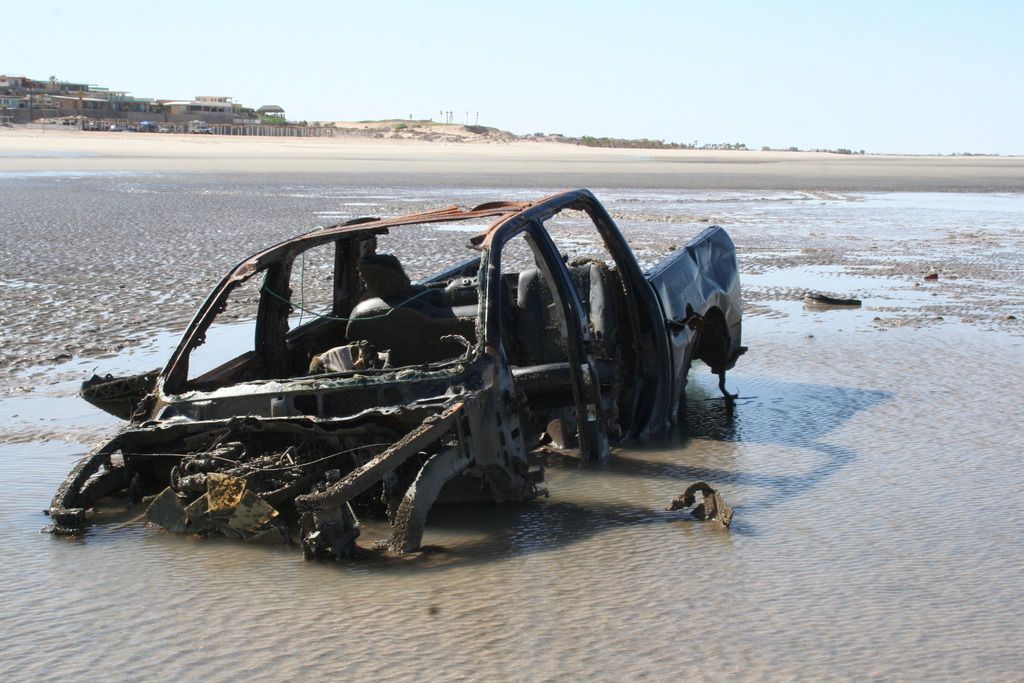@TangoBlue @Dave, what priority would you place on certain gear? That is, if a fellow is just getting into this and wants to maximize the efficiency of their investment, in what order would you buy gear - shackles, straps, kinetic ropes, winch, synthetic lines or extensions, hi-lift, etc? The 3/4" shackle is the industry standard, but are there certain lengths of ropes or straps where someone should focus?
For example, it is tempting to think more is better and so a 30' rope is better than 20'. However, as we've seen in this thread, a 20' rope or strap might be better in the eastern states b/c of tight spaces in forests. Investing in that 30' Bubba rope might not be the best use of one's money if a 20' strap would see more use.
My "other job" to keep me out of the house per spousal demand, is working at a Land Cruiser restoration and off-road vehicle fabrication shop. We have several proprietary products we sell to include some recovery items. Often I counsel customers, many who are novices, that have just paid for an expensive upgrade to their OHV and only have a modest amount to spend on their recovery kit.
As a basic kit to get them on (or off) the trail safely I recommend a minimum of 2, 3/4-inch screw-pin steel bow shackles, or a combination of steel and soft shackle; a 3-inch wide by 20-foot long polyester tow strap with twin end eyelets, folded and twisted; and an anchoring or "tree" strap that is also made of polyester, at least 3-inch by 10 to 15 foot length. (Polyester can stretch up to 3%, Nylon can stretch from 8 to 10%)
We only sell Columbus McKennon - the 3/4-inch screw-pin bow shackle WLL is 6.5 tons, exceed performance requirements of RR-C-271, and have a 6:1 design factor. Also powder coated bright orange for easy identification. This American company has been making products in the US for over 140 years for the Overhead Crane & Hoist Industry.
Our recovery strap manufacturer is also an American company that has been producing slings for nearly 40 years for the Overhead Crane & Hoist Industry. They use 100% American-made materials and their products meet or exceed industry standards.
For example, the shackle we sell meet and exceeds the same standards of the Crosby version but at much less cost. Our recovery straps are often half the cost of many others but are made with the same materials and often with superior features like Kevlar-lined chafe guards on the eyelets and strap-edge abrasion guard thread for longevity and durability.
My point in introducing you to these manufacturers is that you can get quality, USA made products at much lower prices than some of the popular "brand names" out there which are frequently endorsed by "personalities" that often receive a little "tea money" on the side. They really aren't that much more in cost than those bottom-dollar products offered by other low-priced, foreign produced, product re-sellers.
I also mention to these novice OHV owners that the most important piece of recovery kit they already have available to them is what is located between their ears. I've had folks spend $20K in bolt-ons for their bolt-ons and had no concept on how to drive their vehicle off-highway. Worse, some didn't see the need for it. We call these people "job security."
Training is the most cost-effective recovery gear you can purchase. For as little as $250.00 you can get 8 hours of didactic and laboratory time behind the wheel. For your investment, that training actually increases on it's own as you gain in experience and often seek out more information to expand the foundation of training you invested in. Even the most "seasoned" of "wheelers" I've known to get formal training by a Certified Trainer has left commenting that they had no idea that there was so much more to what they thought they already knew.
These are just the "get you out the door" after the big-ticket item purchase
@Twin Magnolias, should that new owner get stuck that weekend trying out the new kit they bought. There are many items
@Dave or I would recommend as you advance in desire to go further and seek more challenges. Remember, you can't eat an elephant all at one sitting, but you can do it over time with smaller meals.
) here.






 Not many trees down there to make your stake system picket line.
Not many trees down there to make your stake system picket line.

